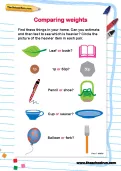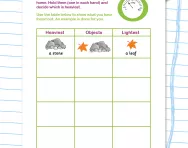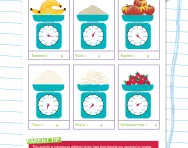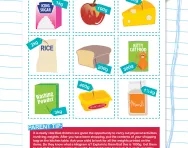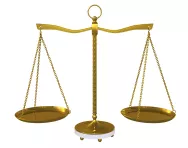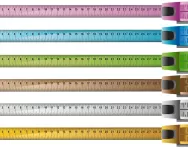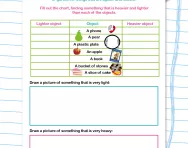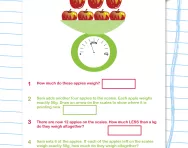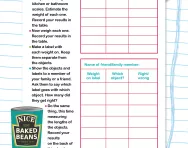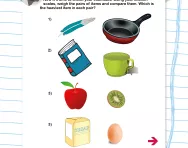Important update from TheSchoolRun
For the past 13 years, TheSchoolRun has been run by a small team of mums working from home, dedicated to providing quality educational resources to primary school parents. Unfortunately, rising supplier costs and falling revenue have made it impossible for us to continue operating, and we’ve had to make the difficult decision to close. The good news: We’ve arranged for another educational provider to take over many of our resources. These will be hosted on a new portal, where the content will be updated and expanded to support your child’s learning.
What this means for subscribers:
- Your subscription is still active, and for now, you can keep using the website as normal — just log in with your usual details to access all our articles and resources*.
- In a few months, all resources will move to the new portal. You’ll continue to have access there until your subscription ends. We’ll send you full details nearer the time.
- As a thank you for your support, we’ll also be sending you 16 primary school eBooks (worth £108.84) to download and keep.
A few changes to be aware of:
- The Learning Journey weekly email has ended, but your child’s plan will still be updated on your dashboard each Monday. Just log in to see the recommended worksheets.
- The 11+ weekly emails have now ended. We sent you all the remaining emails in the series at the end of March — please check your inbox (and spam folder) if you haven’t seen them. You can also follow the full programme here: 11+ Learning Journey.
If you have any questions, please contact us at [email protected]. Thank you for being part of our journey it’s been a privilege to support your family’s learning.
*If you need to reset your password, it will still work as usual. Please check your spam folder if the reset email doesn’t appear in your inbox.
Comparing weights
How do you compare weights in primary school?
Comparing weights in primary school is taught through a variety of interactive and hands-on methods to help children grasp the concept.
- One effective approach is using balance scales and digital scales, allowing children to visually and numerically compare the weights of different objects.
- Teachers also use everyday objects like apples, books, and pencils to make the lessons relatable. Activities such as guessing which object is heavier and then checking with a scale, sorting objects from lightest to heaviest, and setting up weight stations with different items and scales help reinforce these concepts.
- Visual aids like weight charts and illustrations of balance scales further aid understanding.
- Incorporating math skills is another key aspect, where children measure and record weights, compare numbers, and learn units of measurement such as grams and kilograms.
- Real-life contexts and story problems, like comparing weights in cooking or mailing packages, make the lessons more meaningful.
How will this Comparing weights worksheet help your Year 1 child?
This worksheet was created by an experienced educator with the aim of teaching your child about comparing weights in a fun and engaging way, using real world objects they can find at home. They must first estimate which object they think will be heavier, and then check (with scales you may have in the kitchen) to discover if they were correct.
For more Year 1 maths support, check out our hub page, or try a new challenge such as our Use string to measure worksheet.
